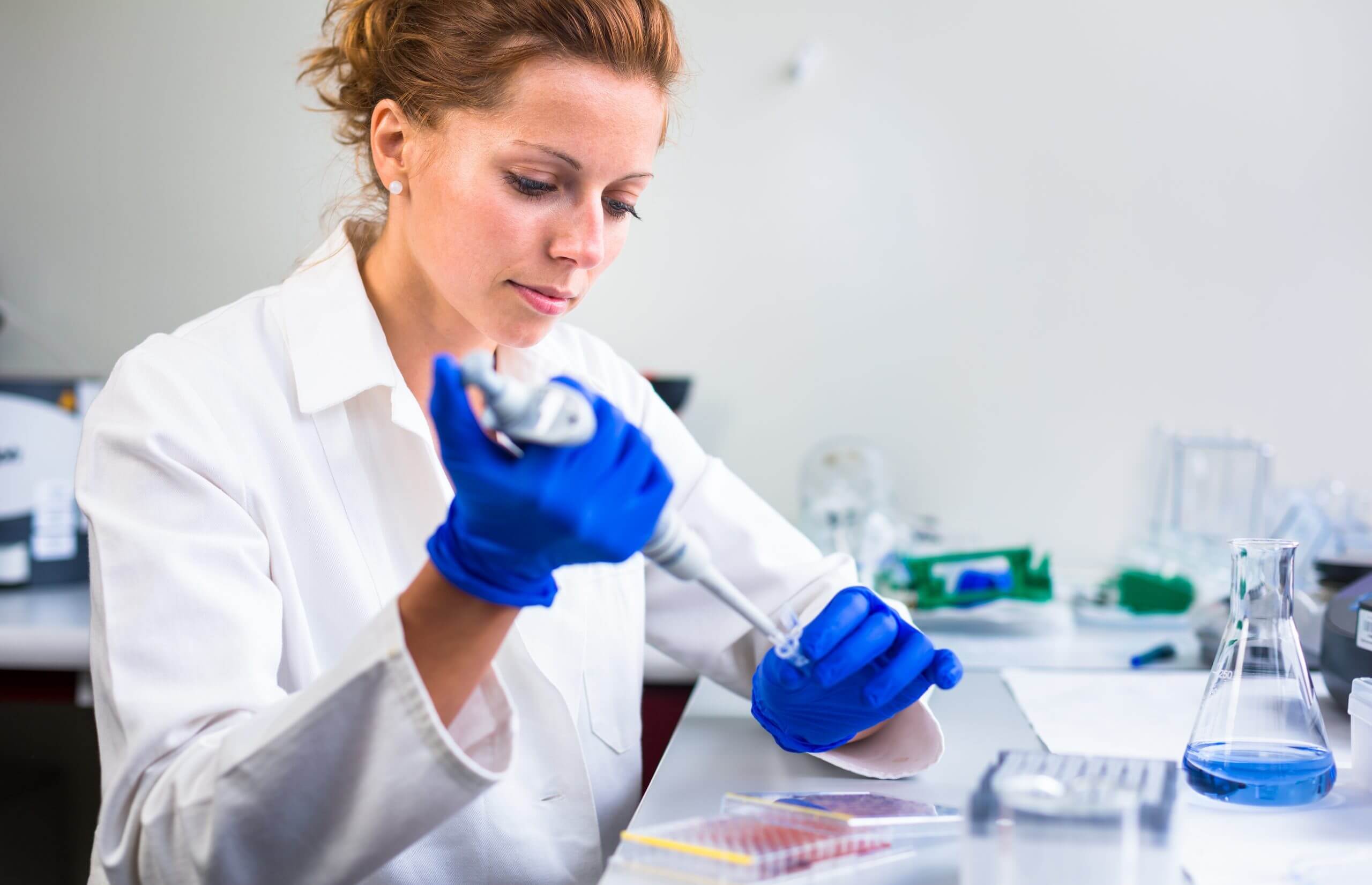What is Bacterial Endotoxin Testing?
The Bacterial Endotoxins Test (BET) is an in vitro assay for detection and quantitation of bacterial endotoxins, a component of the cell wall of gram-negative bacteria. The BET is performed as part of the lot release testing for medical devices with direct or indirect contact to the cardiovascular system, lymphatic system, or cerebrospinal fluid. Injectable pharmaceutical products must also be tested for bacterial endotoxins. Routine monitoring of water systems and incoming materials can help to ensure that the process does not contribute endotoxins to the final product.
This assay is also known as the Limulus Amebocyte Lysate (LAL) test and is sometimes referred to as the pyrogen test (because bacterial endotoxins can cause a fever in mammals, including humans). However, the BET should not be confused with the rabbit pyrogen test described in USP chapter <151>.
Why choose Nelson Labs to perform BET?
Nelson Labs is an industry leader in bacterial endotoxins testing. We can provide test results the day after the sample receipt. For routine testing, results are typically completed within four business day following sample receipt. Our validations and method development studies are done thoroughly with a process that has been proven effective and compliant. With over 25 years of experience, we are happy to help resolve any questions you may have about the test criteria, and can also help with failure investigations and evaluation of the manufacturing process.
All testing meets the requirements outlined in USP chapter <85>, USP chapter <161>, ANSI/AAMI ST72:2011, EP 2.6.14, JP 4.01 and the FDA Guidance for Industry Pyrogen and Endotoxins Testing: Questions and Answers.
Applicable Standards
- USP 85
- USP 161
- USP 797
- AAMI ST72
- EP 2.6.14
- JP 4.01



